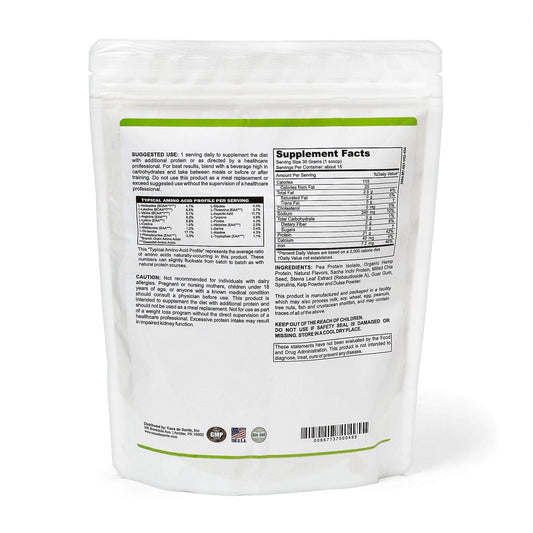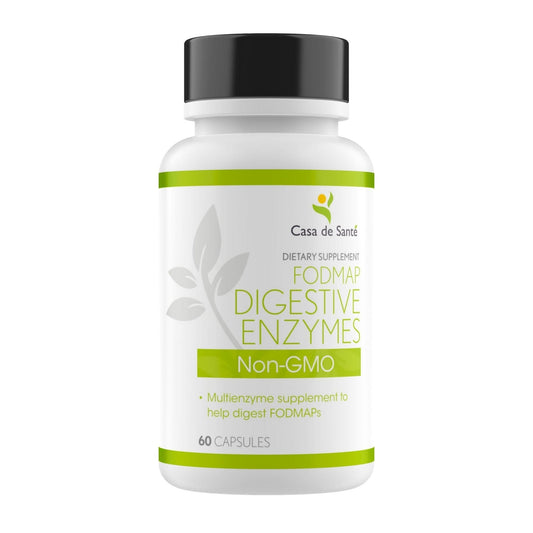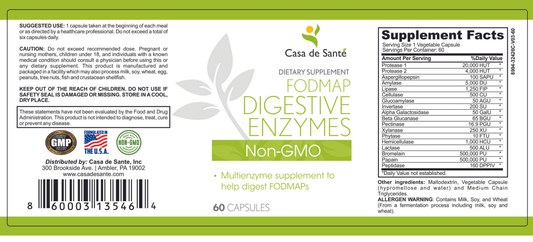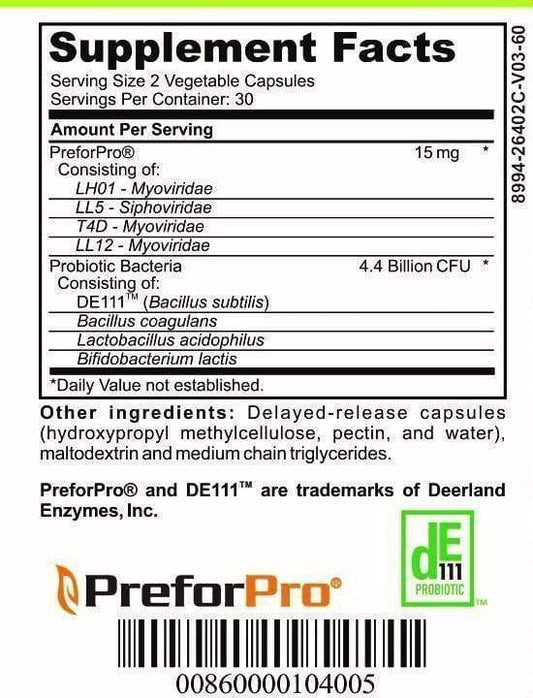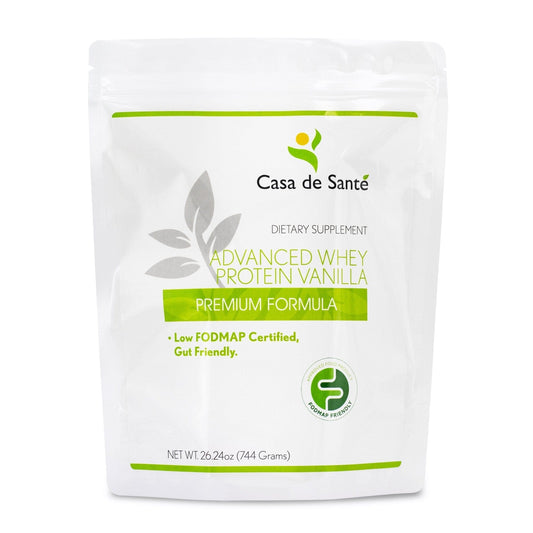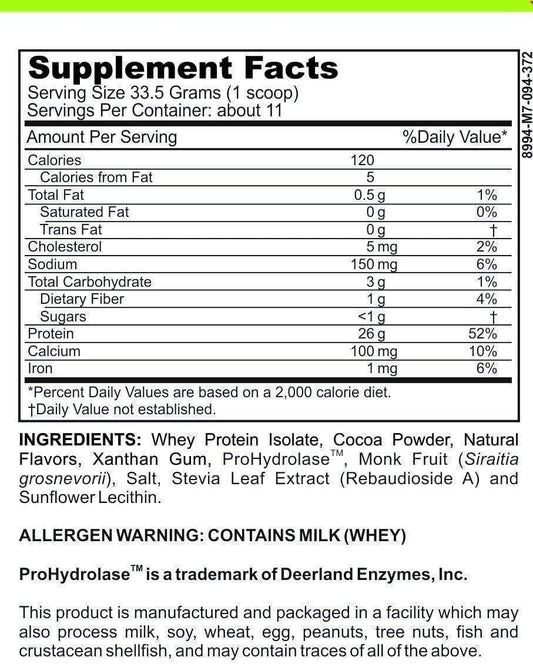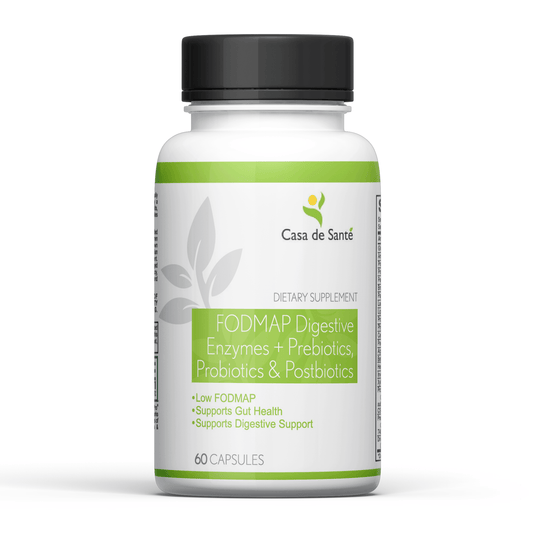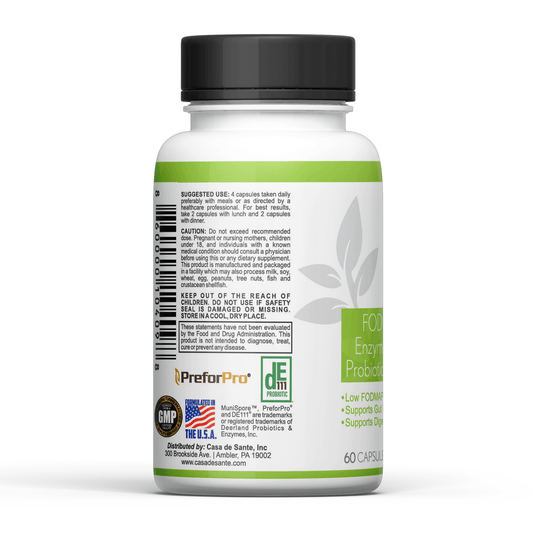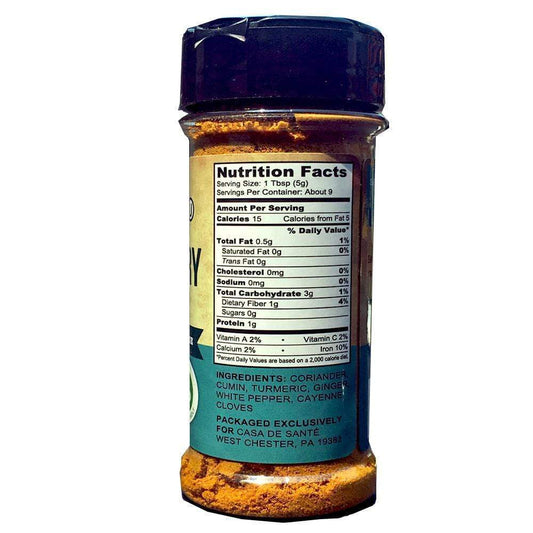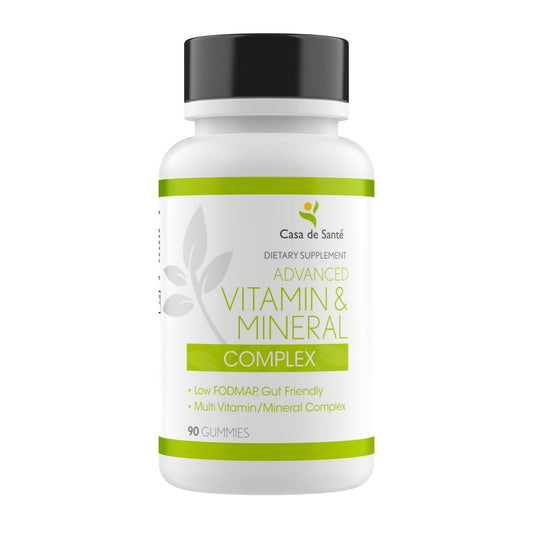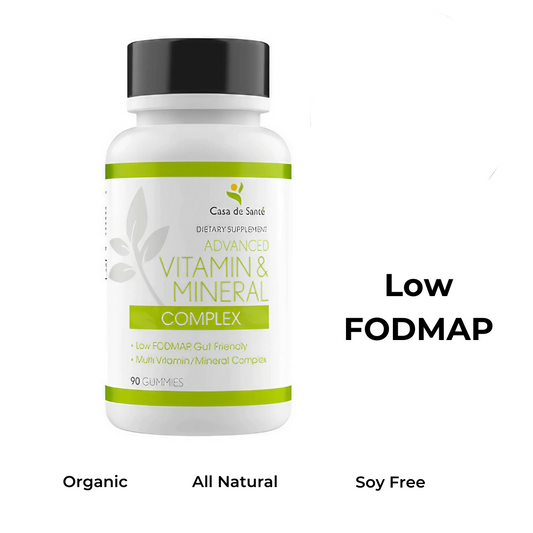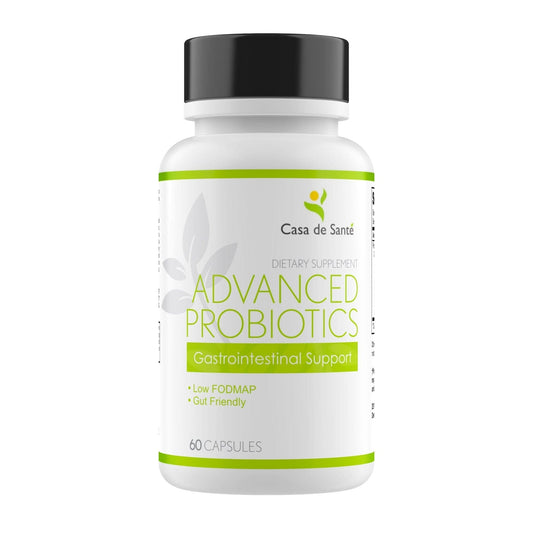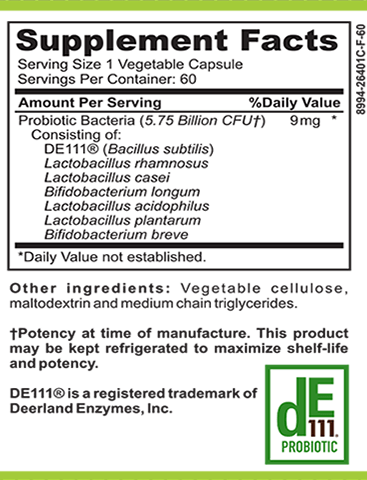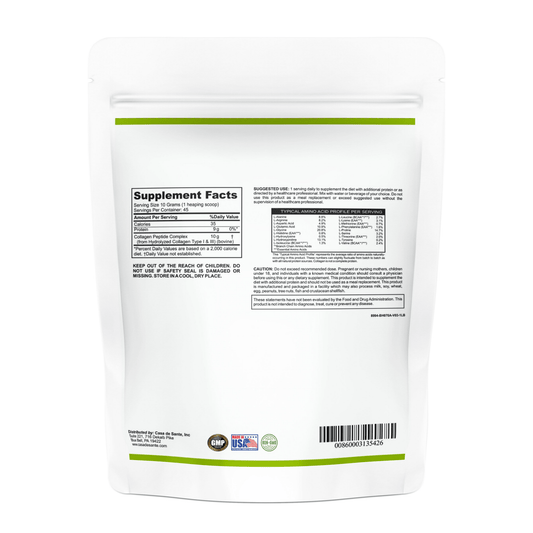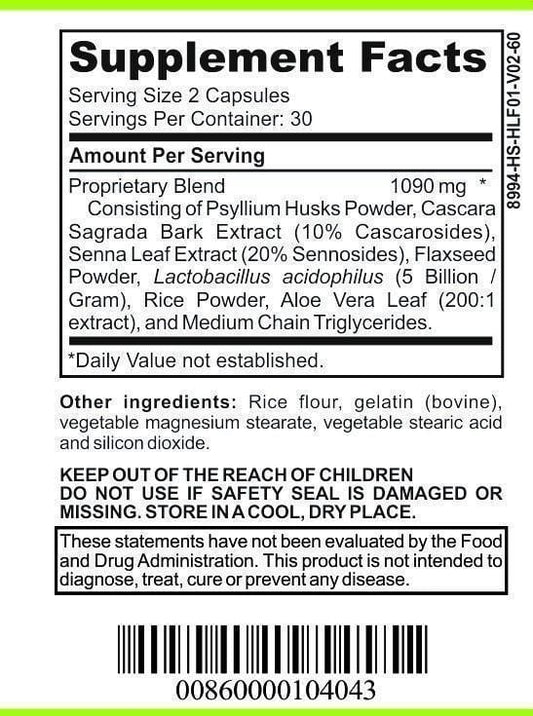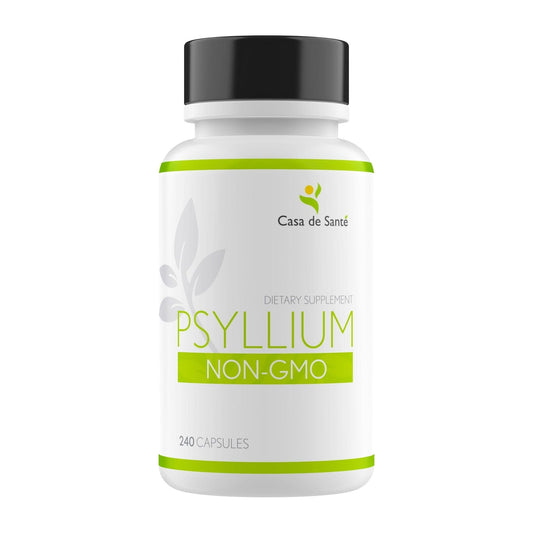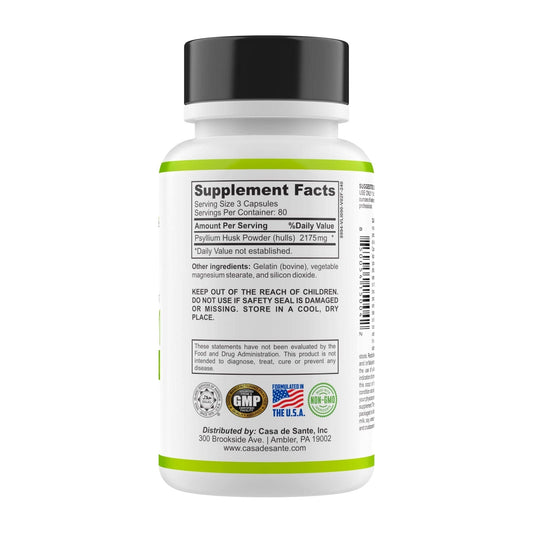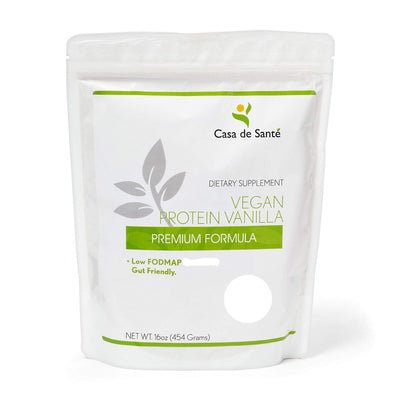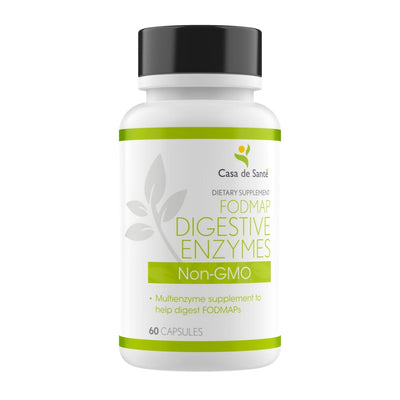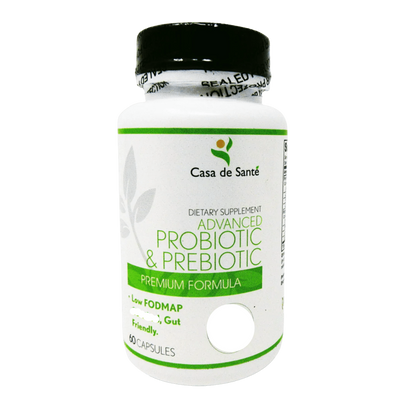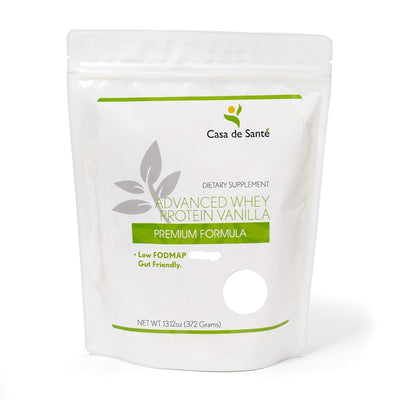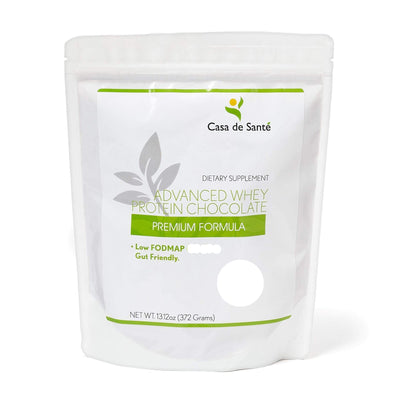The Ultimate Guide to Oligosaccharides in Food: Benefits and Sources
The Ultimate Guide to Oligosaccharides in Food: Benefits and Sources
Oligosaccharides might sound like complex scientific jargon, but these carbohydrates play a crucial role in our digestive health and overall wellbeing. Found naturally in many foods we eat daily, oligosaccharides have gained attention in recent years for their prebiotic properties and potential health benefits. Whether you're looking to improve your gut health, boost your immune system, or simply understand more about the foods you consume, this comprehensive guide will walk you through everything you need to know about oligosaccharides.
What Are Oligosaccharides?
Oligosaccharides are a type of carbohydrate that falls between simple sugars and complex starches in terms of their molecular structure. The term "oligo" comes from Greek, meaning "few," and refers to the fact that these molecules consist of a small number of monosaccharide (simple sugar) units linked together—typically between 3 and 10 units. This structure makes them neither fully digestible like simple sugars nor as complex as starches or fiber.
What makes oligosaccharides particularly interesting is that our bodies lack the enzymes needed to break them down completely in the upper digestive tract. Instead, they travel largely intact to the colon, where they become food for beneficial gut bacteria. This characteristic is what gives oligosaccharides their prebiotic status and makes them so valuable for digestive health.
Common Types of Oligosaccharides
Several types of oligosaccharides exist in our food supply, each with slightly different structures and properties. Fructooligosaccharides (FOS) are among the most common, consisting of short chains of fructose molecules. Inulin, a slightly longer chain fructooligosaccharide, is frequently added to processed foods for its prebiotic effects. Galactooligosaccharides (GOS) are another important type, naturally occurring in human breast milk and now added to infant formulas to mimic this beneficial component.
Other varieties include raffinose, stachyose, and verbascose, which are found in legumes and are sometimes associated with digestive discomfort due to gas production. Xylooligosaccharides (XOS) are newer to the commercial market but gaining popularity for their stability and effectiveness as prebiotics even at lower doses.
How They Function in Our Bodies
When oligosaccharides reach our large intestine undigested, they become food for beneficial bacteria like Bifidobacteria and Lactobacilli. These bacteria ferment the oligosaccharides, producing short-chain fatty acids (SCFAs) such as butyrate, acetate, and propionate. These SCFAs nourish the cells lining our colon, help maintain proper pH in the gut, and may even send signals to other parts of the body that influence metabolism and immune function.
Health Benefits of Oligosaccharides
The research on oligosaccharides continues to expand, revealing numerous potential health benefits beyond basic nutrition. As prebiotics, they support the growth of beneficial bacteria in our gut microbiome, which has far-reaching effects throughout the body. Here's a closer look at some of the most well-established benefits.
Improved Digestive Health
Perhaps the most direct benefit of oligosaccharides is their positive impact on digestive health. By promoting the growth of beneficial bacteria in the gut, they help crowd out harmful bacteria that could cause infections or inflammation. The fermentation of oligosaccharides produces SCFAs that nourish the cells lining the colon, potentially reducing the risk of colon cancer and inflammatory bowel conditions.
Regular consumption of oligosaccharide-rich foods has been linked to reduced constipation, as the fermentation process increases stool bulk and improves transit time. Some studies also suggest that certain oligosaccharides may help alleviate symptoms of irritable bowel syndrome (IBS), though results vary depending on the specific type and individual tolerance.
Enhanced Immune Function
Approximately 70% of our immune system resides in the gut, making the connection between gut health and immune function particularly important. Oligosaccharides support immune health in several ways. First, by promoting beneficial bacteria, they help maintain the integrity of the gut barrier, preventing harmful substances from entering the bloodstream. Second, the interaction between gut bacteria and immune cells helps train the immune system to respond appropriately to threats.
Research has shown that infants fed formula supplemented with galactooligosaccharides (similar to those found naturally in breast milk) experience fewer infections and allergic reactions. In adults, regular consumption of foods rich in fructooligosaccharides has been associated with reduced incidence of colds and flu-like symptoms.
Metabolic Benefits and Weight Management
Emerging research suggests that oligosaccharides may play a role in metabolic health and weight management. The SCFAs produced during fermentation appear to influence hormones that regulate appetite and glucose metabolism. Some studies have found that oligosaccharide consumption is associated with improved insulin sensitivity and reduced blood sugar spikes after meals.
Additionally, the feeling of fullness that comes from consuming fiber-rich foods containing oligosaccharides may help reduce overall calorie intake. While oligosaccharides themselves contain calories (about 2 calories per gram), their prebiotic effects may contribute to a healthier metabolism and potentially assist in weight management as part of a balanced diet.
Natural Food Sources of Oligosaccharides
Incorporating oligosaccharides into your diet doesn't require special supplements or processed foods. Many whole, natural foods contain significant amounts of these beneficial carbohydrates. Here's a guide to some of the best dietary sources, organized by food groups.
Vegetables Rich in Oligosaccharides
Vegetables, particularly those grown underground, are excellent sources of various oligosaccharides. Jerusalem artichokes (also called sunchokes) top the list with high levels of inulin—up to 20% of their fresh weight. Onions, garlic, leeks, and other members of the allium family are also standout sources, containing both fructooligosaccharides and inulin. The distinctive flavor of these vegetables comes partly from their oligosaccharide content.
Chicory root, often used as a coffee substitute, contains up to 40% inulin by dry weight, making it one of the richest natural sources. Asparagus, artichokes, and dandelion greens also provide significant amounts. Even common vegetables like cabbage, broccoli, and Brussels sprouts contain modest levels of oligosaccharides, contributing to their reputation as gut-healthy foods.
Fruits and Berries
While fruits generally contain less oligosaccharides than certain vegetables, they still contribute to our overall intake. Bananas, especially slightly underripe ones, contain resistant starch and fructooligosaccharides that feed beneficial gut bacteria. Nectarines, white peaches, and watermelon contain modest amounts as well.
Berries deserve special mention for their prebiotic content. Raspberries, blackberries, and strawberries provide not only oligosaccharides but also other types of fiber that work synergistically to support gut health. The seeds in berries contain resistant starch that further enhances their prebiotic effect.
Legumes and Grains
Legumes are perhaps the most concentrated source of certain oligosaccharides, particularly raffinose, stachyose, and verbascose. Beans, lentils, chickpeas, and soybeans all contain significant amounts. The gas-producing effect often associated with beans comes from the fermentation of these oligosaccharides—a sign they're feeding your gut bacteria, albeit sometimes with uncomfortable side effects. Proper preparation methods like soaking, sprouting, or pressure cooking can reduce these effects while preserving some of the beneficial properties.
Whole grains, especially barley, contain beta-glucans and other prebiotic fibers that complement oligosaccharides in the diet. Oats, wheat bran, and rye also provide modest amounts of various prebiotic compounds that support gut health.
Incorporating Oligosaccharides Into Your Diet
Adding more oligosaccharide-rich foods to your diet can be a simple and delicious way to support your gut health. However, it's important to approach this thoughtfully, especially if you're not accustomed to a high-fiber diet.
Gradual Introduction and Potential Side Effects
If you're new to prebiotic foods, start slowly to give your gut microbiome time to adjust. Begin with small portions of oligosaccharide-rich foods and gradually increase over several weeks. This approach can minimize digestive discomfort like gas, bloating, or changes in bowel movements that sometimes occur when dramatically increasing prebiotic intake.
People with certain digestive conditions, particularly IBS, may be sensitive to some oligosaccharides, which fall under the FODMAP category (Fermentable Oligosaccharides, Disaccharides, Monosaccharides, and Polyols). If you have IBS, working with a healthcare provider or dietitian can help you determine which prebiotic foods work best for your individual situation.
Delicious Ways to Add More Oligosaccharides to Meals
Creating meals rich in oligosaccharides doesn't mean sacrificing flavor. Try roasting Jerusalem artichokes with olive oil and herbs for a delicious side dish with a nutty flavor. Add sliced leeks or onions to soups, stews, and stir-fries for both flavor and prebiotic benefits. Garlic can be incorporated into countless savory dishes, from pasta sauces to roasted vegetables.
For breakfast, consider adding sliced banana and berries to oatmeal or yogurt. Hummus made from chickpeas makes an excellent snack with raw vegetables. A bean-based chili or lentil soup can serve as a hearty, prebiotic-rich meal. Even a simple salad can become more gut-friendly by adding chicory leaves, dandelion greens, or Jerusalem artichoke slices.
Conclusion
Oligosaccharides represent a fascinating intersection of food science and health. These unique carbohydrates, neither fully digestible nor completely indigestible, play a special role in nourishing not just us, but the trillions of beneficial bacteria that call our digestive tract home. From improved digestion and enhanced immunity to potential benefits for metabolic health, the reasons to include oligosaccharide-rich foods in your diet are compelling.
The beauty of focusing on oligosaccharides is that it naturally leads to a diet rich in whole, minimally processed foods—vegetables, fruits, legumes, and whole grains that provide numerous other nutrients and health benefits beyond their prebiotic content. By gradually incorporating more of these foods into your meals, you can support your gut microbiome and potentially improve your overall health and wellbeing.
Remember that dietary changes should always be approached mindfully, especially if you have existing health conditions. Consider consulting with a healthcare provider or registered dietitian for personalized guidance on optimizing your diet for gut health. Your microbiome—and your body as a whole—will thank you for the attention to these often-overlooked but vitally important nutrients.


